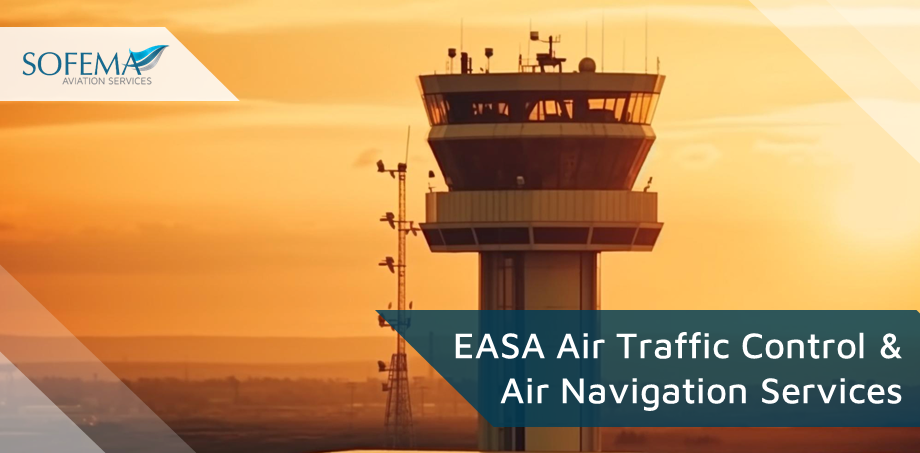Sofema Aviation Services (SAS) www.sassofia.com considers the key features of the Annual Management Review of EASA Air Traffic Control & Air Navigation Services and provides a focus on Compliance Monitoring and Safety Management Systems
Introduction
An annual management review is a crucial component to ensure the safety and efficiency of air traffic within the European airspace. Ensuring that organizations are compliant and that safety management systems are effective.
Key Steps to Deliver an Effective Review
When focusing on Compliance Monitoring and Safety Management Systems (SMS) during an annual management review, the following areas should be addressed:
- Review of Previous Minutes and Actions:
o It is essential to review the minutes and actions from the previous year’s management review to ensure that all actions have been completed or are on track.
- Review key performance indicators (KPIs) related to safety and compliance.
o This could include the number of safety reports filed, incidents, and breaches of compliance.
- Identify areas for improvement in the compliance monitoring system and SMS.
o This could be based on audit findings, safety reports, or other feedback mechanisms.
- Discuss any significant safety reports or incidents from the past year.
o Review analysis of root causes, the effectiveness of corrective actions, and any trends or patterns.
- Review findings from internal and external audits.
o This includes non-compliance, observations, and any areas of concern.
- Discuss any changes in EASA or other relevant regulatory requirements that might impact the organization’s compliance or safety procedures.
- Evaluate the overall effectiveness of the Safety Management System.
o This includes the reporting culture, risk assessment processes, and safety training.
- Review the training programs in place, ensuring that they meet EASA requirements and that staff are competent in their roles, especially in safety-critical positions.
- Ensure that there are adequate resources (both human and material) to maintain compliance and safety standards.
- Consider feedback from stakeholders, such as airlines, pilots, and other service providers, regarding the organization’s performance.
- Review the organization’s risk profile, including any new or emerging risks. Discuss the effectiveness of risk mitigation strategies.
- Identify areas for improvement in the compliance monitoring system and SMS.
o This could be based on audit findings, safety reports, or other feedback mechanisms.
- Set objectives for the coming year in terms of compliance and safety.
o This could include:
- Plans for new training programs,
- Updates to procedures, or
- Investments in new technology.
- Emphasize the Management Commitment to safety and compliance.
o This could include discussions about
- Budget allocations,
- Staffing, and
- Other resources.
- Safety Communication Considerations – Discuss how safety and compliance information is communicated within the organization and to external stakeholders.
- Ensure that the organization’s safety policy remains relevant and that objectives are aligned with the current operational environment.
Next Steps
Follow this link to our Library to find & Download related documents for Free.
Please see the following course EASA Quality Assurance Auditing Introduction for Air Navigation Services (ANS) – 3 Days
Visit our websites Sofema Aviation Services (SAS) and Sofema Online or email team@sassofia.com
Tags:
Air Navigation Services, Audit Findings, Budget allocations, Compliance Monitoring, EASA Air Traffic Control, external audits, KPIs, new technology, Other resources, Risk Assessment Processes, Safety Communication Considerations, Safety Management systems, Safety Training, SAS blogs




